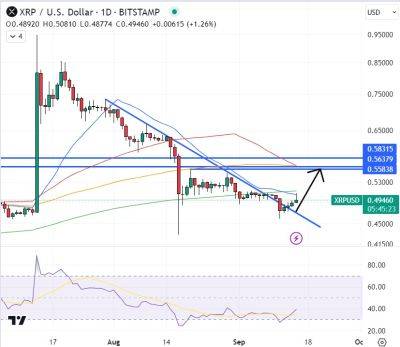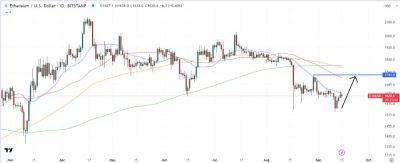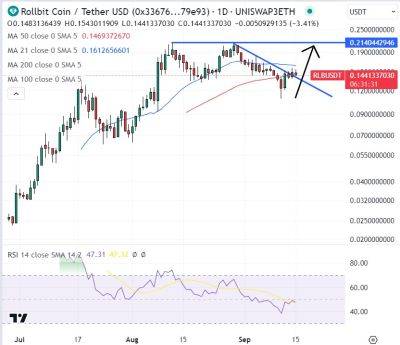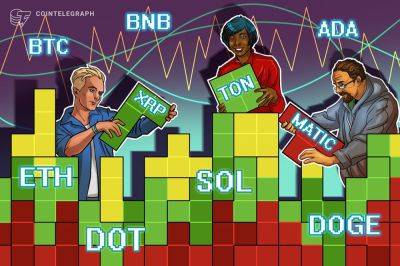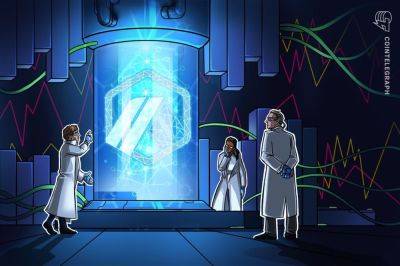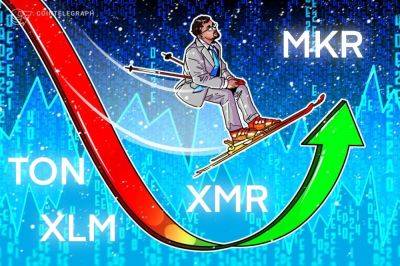Ethereum price risks losing the $1.6K support as multiple ETH price metrics decline
Ether (ETH) price surged by 31.3% from March 10 to March 18, coinciding with the U.S. Federal Reserve's injection of $300 billion to address the insolvency of Silicon Valley Bank.. Since then, Ether’s price consistently maintained a daily closing price above $1,600.
However, investors are now casting doubt on Ether's ability to sustain this support level, given the prevailing bearish sentiment in the cryptocurrency space and declining metrics on the Ethereum network.
Over the past six months, the cryptocurrency sector has been plagued by negative developments. Notably, the Digital Currency Group (DCG), the owner of Grayscale mutual fund manager, has faced financial troubles. Concerns are mounting that a portion of the $4.8 billion worth of ETH deposits held in the Grayscale Ethereum Trust could be liquidated to address DCG's debts.
Furthermore, two major global exchanges, Binance and Coinbase, are currently facing legal action from the U.S. Securities and Exchange Commission (SEC). Additionally, investors initially expressed excitement when several requests for futures-based Ether exchange-traded funds (ETFs) surfaced in early August. However, it's important to note that these instruments, unlike spot ETFs, would not involve actual ETH coins if approved.
Aside from a handful of unfavorable market conditions, Ethereum's on-chain metrics point to a stagnation in demand, both in terms of ETH investments and smart contract transactions.
Notably, the number of Ethereum addresses holding a minimum of $1,000 worth of ETH deposits has reached its lowest level in nearly six months. This is concerning, considering that Ether's price reached a peak of $2,130 in mid-April, which should have attracted new investors.
Part of the lack of
Read more on cointelegraph.com





